Guide to Conversion Rate Optimization in WordPress

Conversion Rate Optimization (CRO) is a significant website optimization technique that deals with how visitors are engaging with your website. It’s essentially a way to track and optimize the number of visitors who are actually buying your product or performing to your desired action.
Here’s an interesting fact: A website with high traffic but low conversion rate generates less revenue that a website with comparatively lower traffic, but higher conversion rate. In other words:
A higher conversion rate generates better revenue.
Glossary
The following are a few terms that we need to understand before we proceed with the guide. Let’s break that down so we don’t forget:
- Conversion: When a visitor performs a specific action in your website, it’s termed as a conversion.
- Action: An action can be any activity or transaction you want your visitor to perform. It could be signing up for your newsletter, buying your (or a promoted) service, subscribing to your social channel, etc.
- Conversion Rate: Take the number of people who convert and divide them by the total number of visitors to your site. For example, if your site has 1000 visitors, of which 50 convert, then you have a conversion rate of 5%

- Conversion Funnel: The sequence of actions performed by a visitor to transform into a customer. (A customer in this context is someone who performs your desired action)

- Call to Action (CTA): It’s the button that visitors should click to perform the desired action. It could be anything from “Buy Now”, “Signup for a free trial” or creative ones like “See why you’re losing money”.
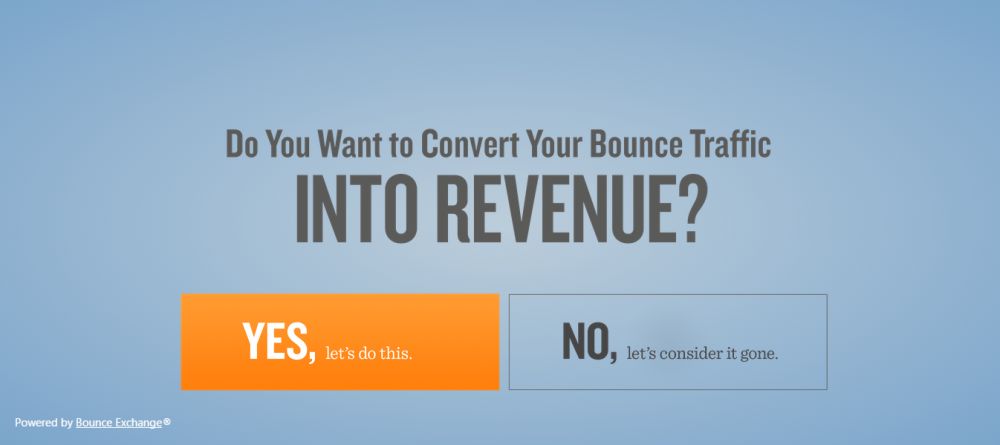
Bounce Exchange is one of the frontiers in exit-intent tech. The buttons you see are the CTAs.
Key Pointers
Moving on, here are some basic guidelines for CRO, borrowed from Neil Patel (a well known analytics expert).
- Your CRO efforts should be directed toward scoring more conversions – i.e. increasing the conversion rate.
- CRO isn’t based on what you want. It’s about putting yourself in your visitors’ shoes and thinking from their perspective. It’s the process of making the desired action for your visitor as easy and trustworthy as possible.
- CRO can be approached in two ways – evidence backed and generic techniques. The first one requires more effort and usually has better ROI.
- Generic techniques might not always work. What works for one website, may not work for another.
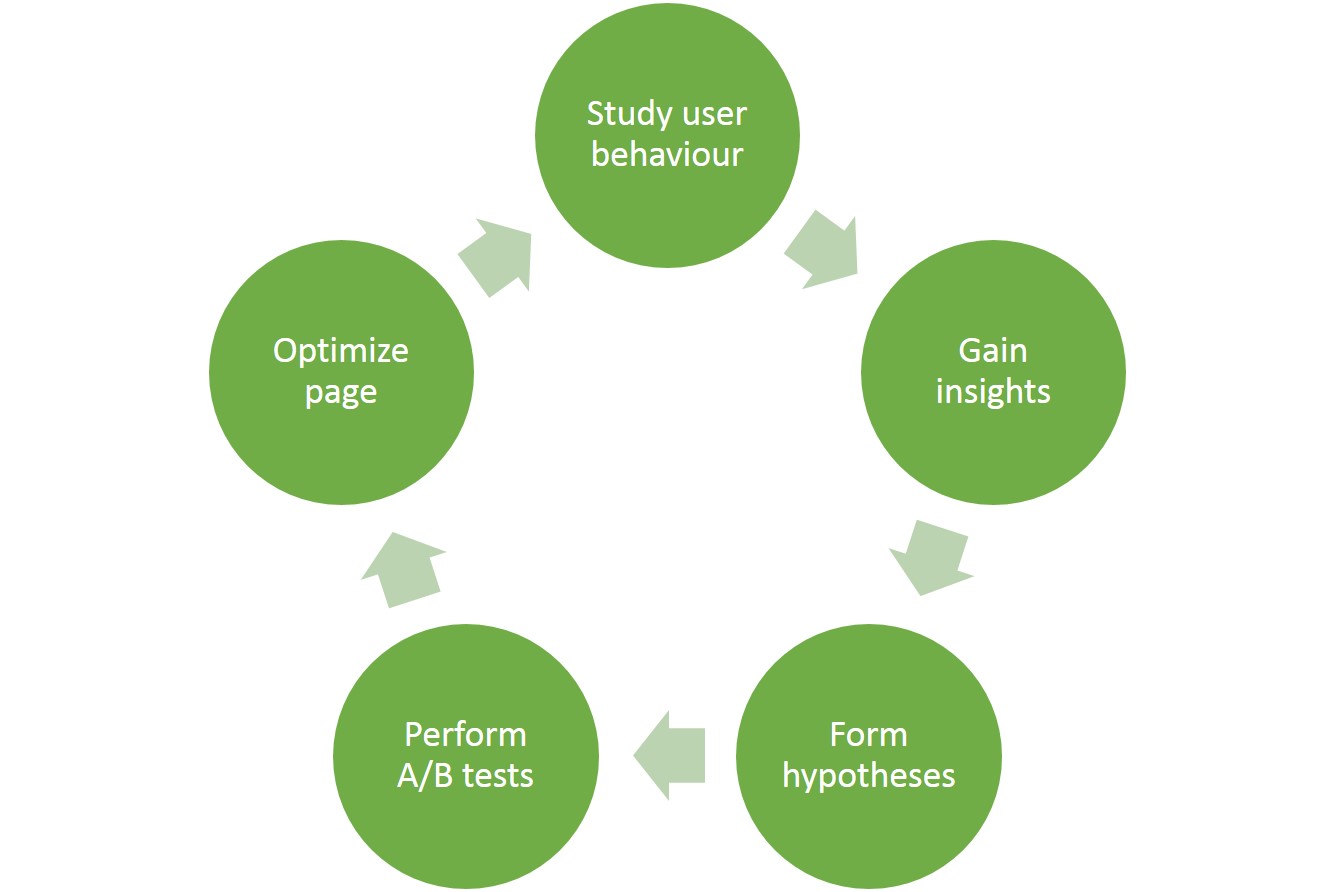
CRO is an evolutionary process
- Evidence backed CRO efforts should be user-centric and data driven. It should not solely be based on textbook tactics. You need to study your users, gain insights and form hypotheses, test them and repeat the process till you achieve your conversion goal.
- Research shows that too many choices affect our decision making process. Therefore each desired action should be placed in its own landing page. It’s best not to clutter a single page with too many options or CTAs.
- In continuation to the above point, your CRO efforts should also aim for the highest user experience. Don’t leave the user guessing whether he wants to only download the eBook or separately signup for your newsletter. Instead offer them a single newsletter signup form where they receive a free copy of your eBook.
- Remember, less choices = lower time for decision making = faster conversion.
- Images are worth a 1,000 words and certain images work better depending on your target audience. Real images sometimes outperform stock images.
What Sets CRO Apart – Why is it So Important?
CRO is one of those techniques that consider quality over quantity. As I’ve mentioned before, a website with high traffic but no conversions will cost you money. So instead of focusing your marketing efforts on acquiring more traffic, you should work on converting the traffic you already have. It maximizes your profits without having to pay for more traffic (of course, you’d have to bear the cost of the CRO process).
CRO efforts do require significant time (and potentially financial) investment. Splitting your marketing budget equally into traffic and SEO and CRO is a good idea. By sifting through your traffic CRO helps you to segregate the right type of visitors for your business. With the data driven research approach, you can understand your type of customers. You can use these findings, to fine-tune your SEO and traffic acquisition efforts to acquire target traffic. These visitors are more likely to convert.

CRO improves traffic acquisition process
The CRO Process
1. Identify the Page you need to Optimize
Lay the groundwork – know what you need to do. Identify the element in your site needs optimization. This is not as easy as it sounds. As we’ve seen before, CRO depends on your website, and more importantly, on your audience. A tactic that works brilliantly on one site, might not work on yours.
Here’s an example. Consider a situation where you specialize in WordPress consulting services, and you offer a free consultation. Your aim should be to optimize page and CTA that holds the free consultation. People are more likely to convert if they like the initial free offering.
2. Establish a Baseline
Before you can start optimizing, you need to know what the previous performance was like. That’s where the baseline comes in. Look up the conversion statistics and establish that as your baseline. Make sure to select a viable duration (days, weeks or months) depending on your traffic and stick to it for the current CRO process.
How to go about it in WordPress:
Google Content Experiments, which is part of Google Analytics, is a great way to split test WordPress pages. It allows for the creation of goals and the registration of page variants for tracking. It will help webmasters identify a “winning” page. There is a plugin to integrate Google Content Experiments with your WordPress website, providing an interface to easily add the code snippet to your pages. We’ll discuss a whole list of conversion rate optimization tools in WordPress in an upcoming article in the series.
3. Identify the Barriers
Now that you’ve settled on a particular page you want to optimize, start by segregating the conversion funnel into logical parts. If you have a high bounce rate, identify the part where the users tend to leave. That’s the part you want to change. Prepare different versions of that part and A/B test each one of them.
It’s not always the case that users want to leave your site. Sometimes you might want to implement small (or large) changes to your landing page altogether and see how they’re performing in regard to the old one.
For example, you might have placed your CTA in a carousel – which is really bad idea. In a three-slide automatic slider, the CTA would be hidden two thirds of the time! It is far better to have a static landing page with the information readily visible. The same goes for Flash and HTML5 splash pages. They’re old school, out of style and horrible for both SEO and CRO, regardless of how pretty they look.
4. Disrupt the Barriers
If your bounce rate is high, ask yourself – Why is it that visitors are leaving at this particular page?
Here are some question to help you spot the culprit:
- Is the CTA properly visible or is it difficult to find?
- If the CTA clickable? Are people clicking on the CTA?
- In both cases use heatmap analytics software to achieve the same.
- Is the risk bar too high? For example, asking for the credit card details for a free consultation isn’t such a good idea. On the flip side, displaying “no credit card required” poses a better chance for a conversion.
When you want to implement small changes to your landing page, you could experiment with the following:
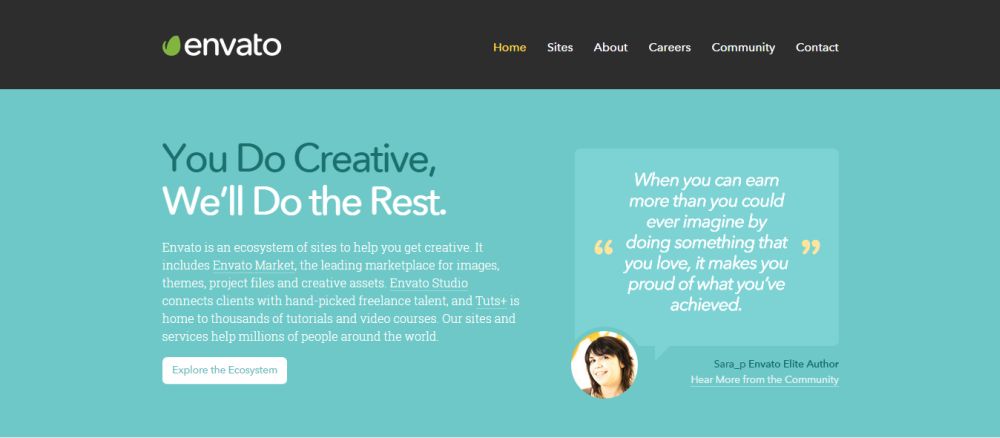
Envato’s homepage uses a testimonial + CTA approach
- Change the microcopy on the CTA
- Change the layout of the CTA (larger buttons, text size, font style, etc.)
- Try a different set of colours for the whole landing page. Research shows that colour affects user mood and behaviour.
- Changing the amount of data on the landing page – are users scrolling too much to reach the CTA?
- How often am I displaying the CTA? What effect does displaying the CTA multiple times have on the conversion rate?
- Are my headlines magnetic enough?
- Changing the position of the client testimonials, portfolio and clientele.
- Am I asking too much info on the signup form? For example, it’s a good idea to not ask the client’s address when the credit card processing service doesn’t require it.
5. Rinse and Repeat
We must understand that CRO is a continuously evolving process. After experimenting with a set of techniques for a particular set of elements, you achieve a particular conversion rate. A change in the industry trend affect the masses. Think about the smartphone boom and the Internet of Things. This leads to a shift in the interest of the masses.
Yesterday it was about owning a decent pair of headphones. Today it’s all about wireless boomboxes – the Beats Pill.
General Ways to Improve CRO
So far we’ve talked about marketing specific techniques – identifying barriers, CTA optimization, microcopy, etc. Let us now take a look at some of the other ways you can improve your conversion rate. These methods are generic and apply to all websites aiming for a good user experience (UX).
Nobody, including Google likes a slow website.
There are a multitude of ways to improve your website’s speed – we’ve covered them on the blog before, so hopefully these look a bit familiar.
Geeky and/or Time-Consuming Techniques (no matter how small):
Want instant gratification? You can implement better caching or a CDN to help improve your site speeds today. Here are our favorite options.
1. Implement WordPress Caching
2. Use a Content Delivery Network
Hassle-Free Techniques:
They generally cost more but give you peace of mind. Here’s a list of the different hosting techniques, sorted in decreasing order of cost:
1. Managed WordPress Hosting
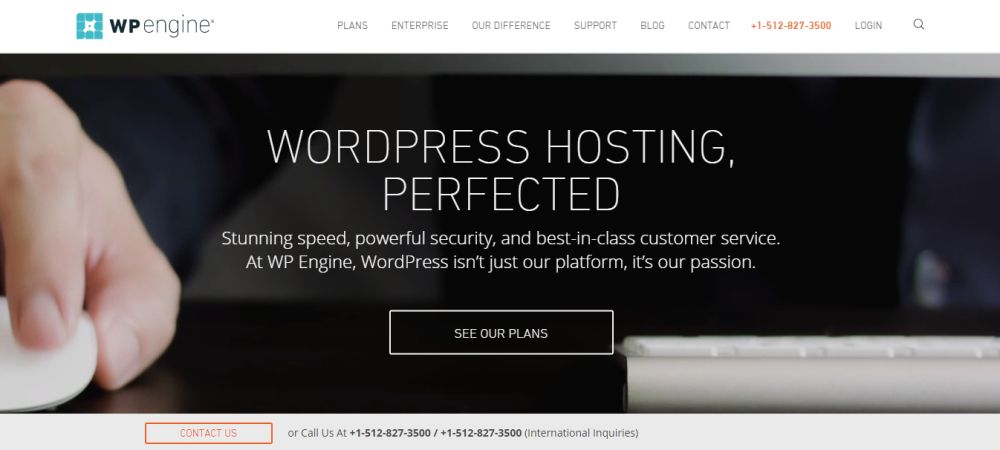
Transfer your WordPress site to a well known managed WordPress hosting company – they’re incredibly fast and you don’t have to worry about hosting/speed/security/update issues. All you need to do is pay the monthly bill and you’re free to focus on your content.
- Example: We at WPExplorer use and recommend WPEngine
- Cost: $30-250 USD/month
2. Shared WordPress Hosting

Used a shared WordPress hosting service. This is a form shared hosting specialized for WordPress and was recently introduced by major hosting companies.
- Example: SiteGround, Media Temple
- Cost: $15-80 USD/month
3. Managed Cloud Hosting Service
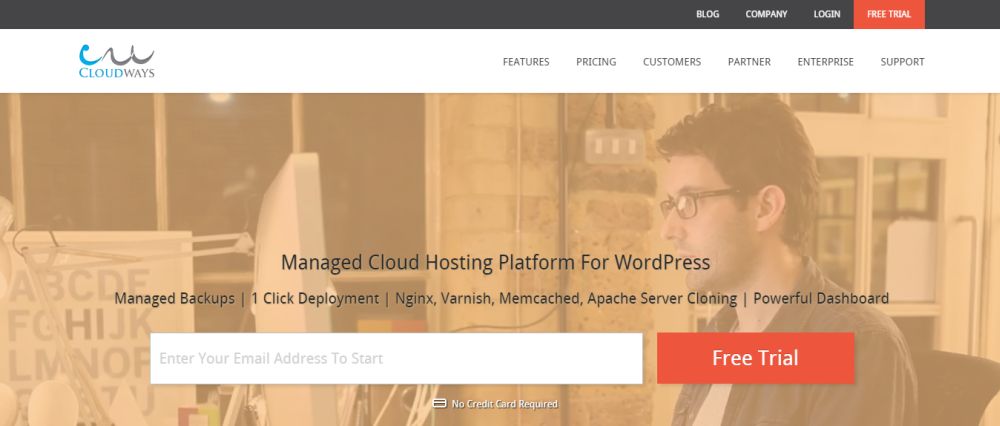
Use a managed cloud hosting service like Cloudways – they host and manage your WordPress site in cloud hosting providers like Microsoft Azure, DigitalOcean and Google Cloud.
- Cost: $5-300/month
4. Cloud Hosting Services
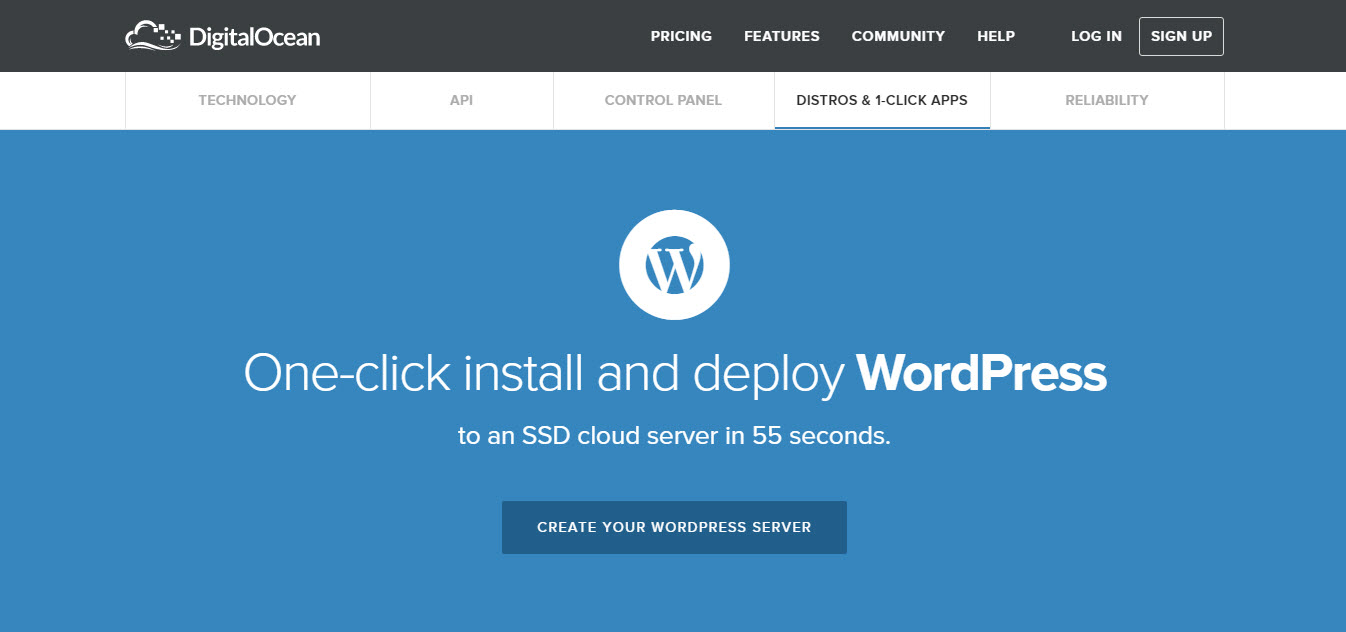
Companies like DigitalOcean make cloud hosting easy and affordable. They also provide one-click WordPress installations so you can deploy a WordPress ready website in under a one minute.
- Downside: You need to be technically sound and troubleshooting is a real pain.
- Pros: On the plus side, you get more power and control over your server, with a minute increase in hosting costs, when compared to shared hosting.
- Cost: $5-300/month
5. Shared Hosting

Shared hosting requires no introduction. It’s an affordable first step for CRO, and with 1-click WordPress installation you can get started on your site fairly quickly.
- Example: BlueHost
- Pros: One of the easiest and most reliable ways to deploy a WordPress site for beginners.
- Cons: Could lead to downtime and account suspension during traffic spikes.
- Cost: $4-8/month
Conclusion
Thus, your organization’s CRO efforts is not a one-time thing. Similar to SEO, it must keep up with the latest interests of your visitor.
Research. Disrupt. Repeat.
In the next article, we’ll take a look at some amazing WordPress plugins that help you focus on your conversion rate optimization process with minimal technical overhead.




Hey Sourav,
Very correctly said, the organization’s CRO efforts is not a one-time thing. Similar to SEO, it must keep up with the latest interests of your visitor. I am using the Humcommerce to see the heatmap and check how users are interacting with my website.